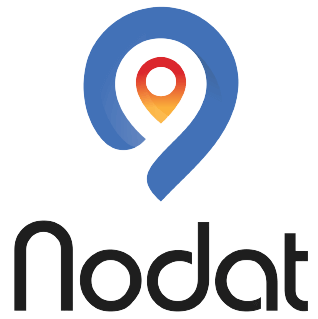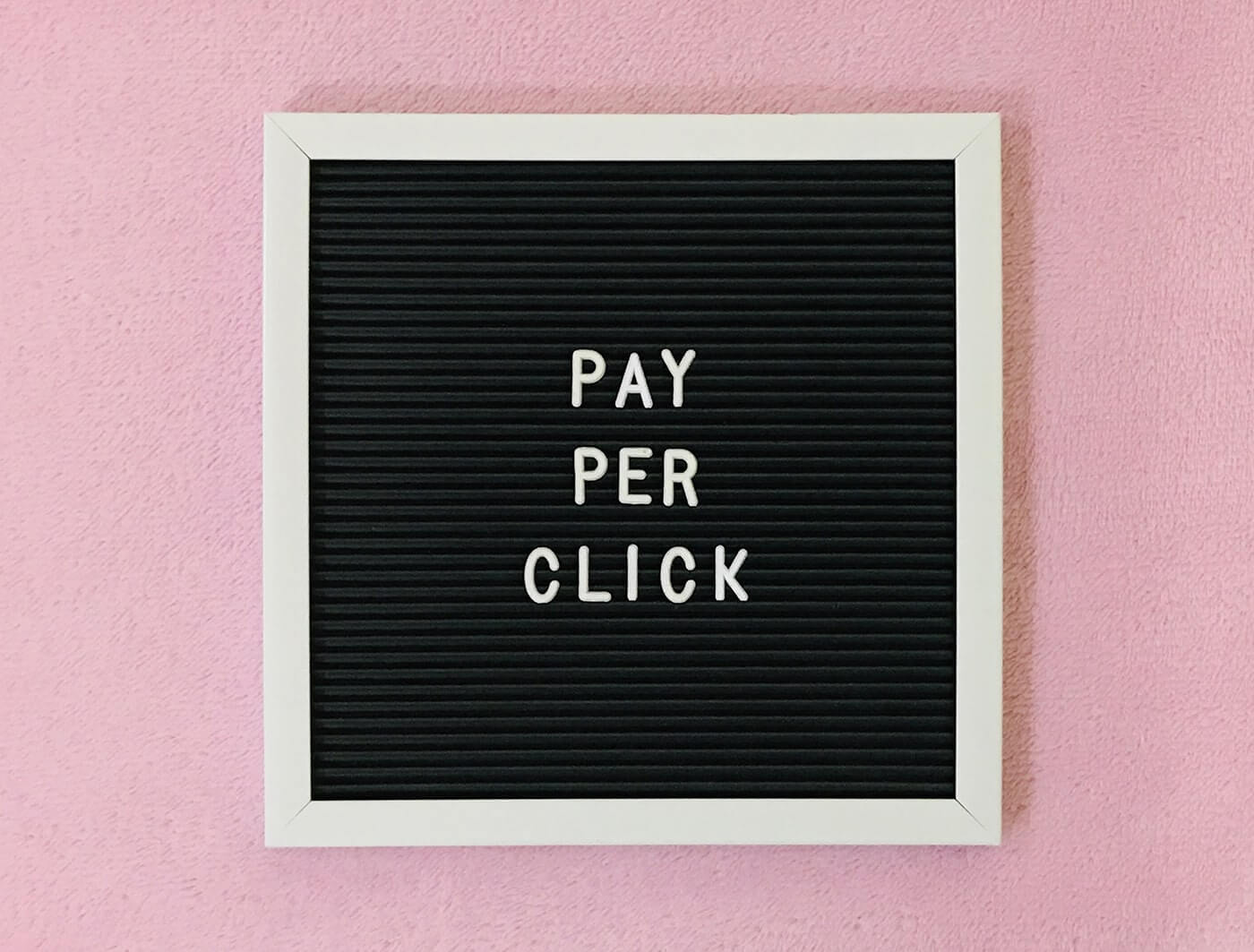For most businesses, PPC, or pay-per-click, is a viable marketing initiative. These are ads that drive traffic to your website but you are only required to pay once a visitor clicks through the ad to visit your site. Through PPC you eliminate the need to spend a hefty amount on ads that do not even generate relevant traffic or any traffic at all.
With around 45% of businesses incorporating PPC into their marketing mix, its effectiveness cannot be disputed. Among small and evolving businesses, this percentage goes up to 75.
What makes PPC so effective for both start-ups and veteran brands is the flexibility businesses enjoy in setting the rates. This makes it both cost-effective and achievable. Brands can invest in PPC ads without stressing too much about running the tightrope of a thin budget. It may also be one of the few marketing campaigns that allow businesses to easily target a wider audience.
Here are five reasons why incorporating PPC for your business might be a great idea;
1. Greater Outreach
With the infinite ad space available online, businesses have the luxury to reach out to audiences over a wider horizon effectively. PPC makes certain targeted factors more accessible and flexible to work with. These factors include keywords, demographics, location, usage, and time zones. You are essentially casting a wider marketing net over your prospective pool of clients. This helps businesses to bag greater returns on investment.
One example of this is when businesses target local customers via platforms such as Google My Business. Customers looking for products in their immediate vicinity are naturally inclined to shop from local stores. Think with Google testifies in favor of this statement claiming that over 75% of online customers are likely to visit local ships that they find online.
Employing some of the more advanced marketing techniques and targeting methods can further increase the productivity of these campaigns. For example,
Remarketing: The leads that are once generated through the PPC funnel can be your longtime consumers if served right. You increase brand longevity by subsequently targeting online shoppers with search ads who have already visited your website. This also multiplies the likelihood of potential sales. Not only do brands keep viable traffic coming in, but also work on establishing healthy and trusting relationships with customers.
Display Ads: These are ads served to a targeted demographic on relevant websites. You can personalize these ads to any degree and create a communal effect. The ads appear on the sidebar or footer of a website that opens in Google Display. Visitors who have already clicked through to your website will be able to see these ads and click again. Businesses use display ads to either gain exposure or increase sales by bringing these ads into the sights of their targeted audience.
2. Elevating Brand Exposure
Most marketing methods can take months before producing sustainable results. With PPC, businesses gain immediate visibility to an audience of choice. Google Adwords, for example, allows brands to gain the top spot on the search engine page with paid ads.
Remember that users do not have the luxury of a big screen when using mobile. They can do without that critical-seeming About page of yours. They typically don’t care, especially on mobile. They care about why they came to your website and targeting those ‘whys’ is the only content worth keeping.
Think of catchy and value-based headlines. Then think of ways to make those shorter and precise. Do away with most of the muddle. You now have a recipe for longer traffic sustenance on your site.
2. Elevating Brand Exposure
Most marketing methods can take months before producing sustainable results. With PPC, businesses gain immediate visibility to an audience of choice. Google Adwords, for example, allows brands to gain the top spot on the search engine page with paid ads.
This is important because according to a finding from WordStream, the top three results on a search engine page take away 41% of all the incoming clicks. You can leverage the entry-level queries that these prospects have by serving paid ads and bringing their attention to your site.
Use some of your best content to create maximum buzz around your brand and generate interest. One of the best ways to do this is by including a meta-tag that offers a relevant and value-based proposal to incoming traffic.
One catch to this could be some visitors’ disinclination towards paid ads, but findings related to this also vary. According to one study, around 36-50% of all potential customers fail to tell paid ads apart from their non-paid counterparts. At the very least, you are taking brand recognition up a notch by bringing it to a seat of prominence. You can declare a certain level of authority in your niche. And this in itself counteracts any downside to getting found for serving paid ads.
3. Sales Conversions
Once you allow a lead into your marketing funnel, your goal must align neatly with the user’s needs. Leads who find themselves at a later phase in a brand’s marketing funnel can care less about exposure. To retain that lead and keep them coming back, you must deliver results. Once a warm lead converts into a hot lead, you can strike the iron by offering an un-put-down-able proposal.
Findings from WordStream are also encouraging. At least 65% of all clicks looking to make a purchase go to paid ads.
Certain search terms are used more frequently to target buyers. These terms tap onto the pain point of potential consumers. You can leverage these to make the most of your ad campaign. Your ad must display your website as a viable point of purchase. So you can start with capitalizing on words such as ‘purchase’, ‘buy’, ‘get instantly’ etc. You can also include words that can make your offer accessible to a wider pool of customers. For example use phrases like ‘best price’, ‘reasonable price with quality etc. You must also take care to link your PPC campaigns to your products’ page instead of the ‘About’ page of your website.
4. Maximizing Profit
Compared to other popular marketing methods, PPC has a higher return on investment (ROI). Your entire expenditure is limited to a click. This means that your ad spend is greatly under your control. When you yield payment, it is only after having driven the lead in the first phase of your marketing funnel. The next step in the funnel is to make sales that can generate profit for your business.
The price for the search term or keyword can range anywhere from $1.16 up to $7 depending on your niche. Prices also vary depending on the search engine platform. Google search network offers an average price per click of $2.69 while the average remains at $0.63 on the Google display network.
Calculating Your Ad Spend
Before setting your budget for your PPC ad campaign, you must inform yourself about the rates of your industry keywords.
You can use Google Keyword Planner to look up the most relevant keyword and SEMRush to find keyword rates and volumes.
With the price-per-click determined, your budget will depend on the number of clicks expected.
Here’s a formula to help you calculate your click-through-rate (CTR).
Keyword volume × average click-through rate (CTR) for your industry = clicks per month
So if a keyword costs you $1.5 per click, your monthly budget for some 50 such clicks would be at $75.
You can continue this way to find your monthly budget for all keyword costs included in your PPC ad campaign.
5. Optimizing Marketing Campaigns
One great advantage of using PPC in your marketing mix is that you can optimize your campaigns early on in the process. The low costs and quick results allow you to make comparative analyses against data acquired from tracking tools to monitor growth. Google Analytics and Google Adwords are some such tools that can help you track the performance of your keywords. You can see which keywords serve you with the greatest conversions and which ones need refining.
A Final Word for Small Businesses
PPC is easily one of the most cost-efficient and profit-generating methods from all of the available digital marketing campaigns.
The ad campaign’s pricing model allows businesses to appreciate its budgeting flexibility and cool outreach, not to forget the precise targeting or sales conversions that brands simply cannot miss!
Subscribe To Our Newsletter
Struggling to attract or keep customers in your local area? Subscribe to Nodat’s small business marketing blog to learn strategies that will help you get and keep more local customers.

